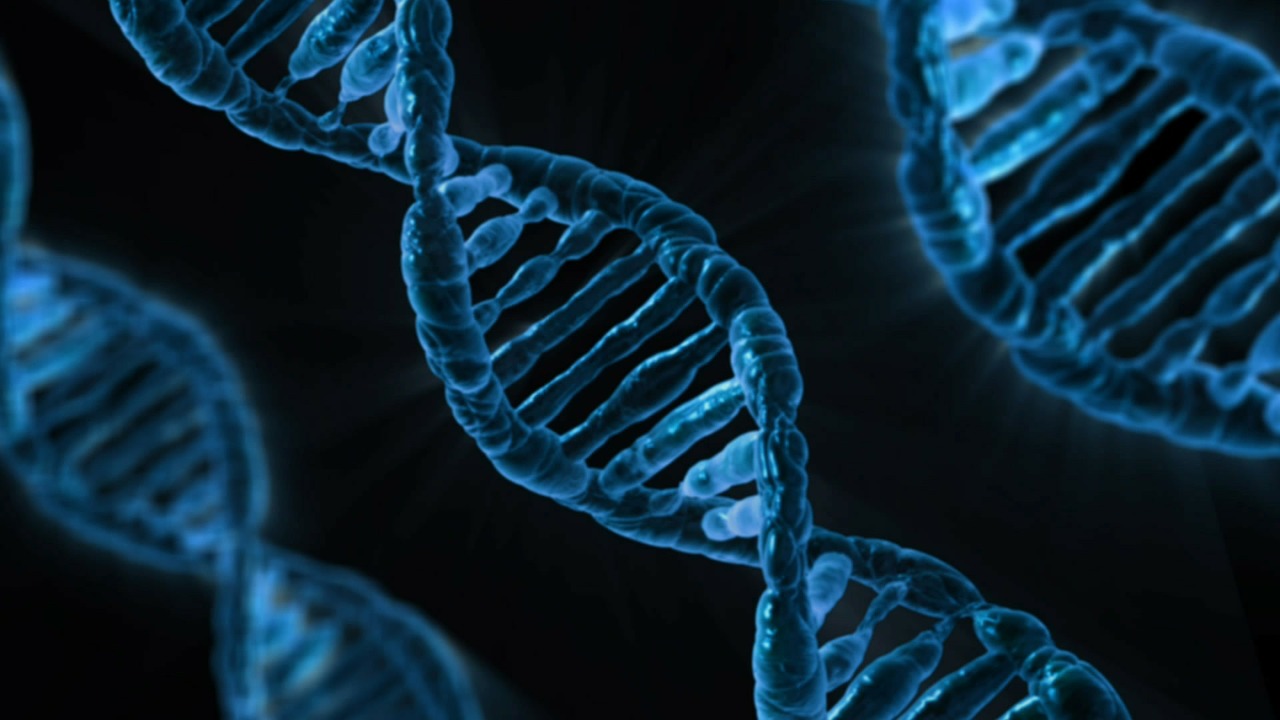Scientists at Johns Hopkins Medicine used modified CRISPR Cas9 and light to cut DNA rapidly and with more precision.
Researchers routinely use CRISPR, short for Clusters of Regularly Interspaced Short Palindromic Repeats, to alter DNA sequences and modify gene function.
CRISPR uses RNA sequences that read the genetic information coded in DNA. The CRISPR molecule also contains an enzyme called Cas9. Scientists liken protein Cas9 (CRISPR-associated, or Cas) to molecular scissors that can cut DNA strands at the spot indicated by the RNA.
Cas9, then, snips the DNA here and breaks both strands of the DNA molecule. The cell, on its part, repairs the break. The enzyme Cas9 is primarily known for its use in treating diseases like AIDS, amyotrophic lateral sclerosis (ALS), and Huntington’s disease.
Scientists at Johns Hopkins Medicine say they used CRISPR and light to effect such cuts rapidly and with more precision.
The team discovered that their modified CRISPR Cas9 enzyme had cut more than 50 per cent of its targets within 30 seconds of shining the light on the cells. The researchers say this method potentially has wide applications in biomedical research.
“With previous technologies, gene editing could take much longer — even hours,” postdoctoral fellow Yang Liu, Ph.D., a member of the Johns Hopkins Medicine research team, said in a press statement.
Results of the experiments, published June 11 in Science, may speed up and aid understanding of the DNA activity that typically causes aging and many cancers, the researchers say.
The experiment
The scientists explain in the press statement that they modified the CRISPR-Cas9 enzyme such that it would cut genomic DNA in living cells only when exposed to a particular wavelength of light.
“The advantage of our technique is that researchers can get the CRISPR machinery to find its target without prematurely cutting the gene, holding back its action until exposed to light,” said Johns Hopkins M.D.-Ph.D. candidate Roger Zou, also a member of the research team. “This allows researchers to have far more control over exactly where and when the DNA is cut.”
Prof. Taekjip Ha, at the Johns Hopkins University, and a Howard Hughes Medical Institute investigator acknowledged in the press statement that other research teams have experimented with both drugs and light activation to control CRISPR timing.
He added, however, that his team’s experiments differ by improving the precise timing of CRISPR cuts and examining how quickly proteins repair the DNA damage.
The methodology
For the current study, the Johns Hopkins team shot an electric pulse to open pores in the cell membrane and allow the modified CRISPR Cas9 molecule to slide into the cells.
Having tracked the time that the proteins involved in DNA repair took to latch on to the DNA cuts, the researchers concluded that repair proteins started their work within two minutes of the CRISPR activation, and the repair was completed as early as 15 minutes later.
The experiment was led by Ha and Bin Wu–assistant professor of biophysics and biophysical chemistry at the Johns Hopkins University School of Medicine.
Conclusion
“We have shown that light-activated gene cutting is very fast, and it has potentially wide applications in biomedical research.” says Ha. “Revealing the timing of CRISPR gene cuts allows us to see biological processes far more precisely.” Ha and the Johns Hopkins team have dubbed the technique “very fast CRISPR on demand.”
Ha also noted that light-activation offers better location control than drugs that can diffuse widely in the cell. The team has filed a provisional patent on the CRISPR technology described in this research.
Other scientists who contributed to the research include Shuaixin He, Yuta Nihongaki, Xiaoguang Li and Shiva Razavi from Johns Hopkins.
